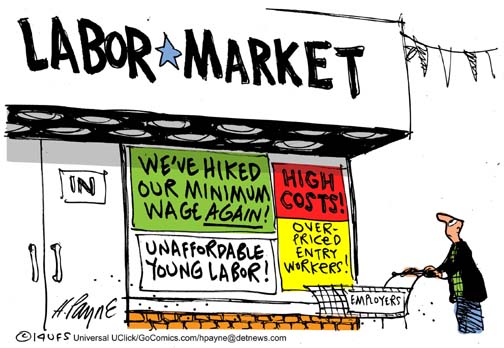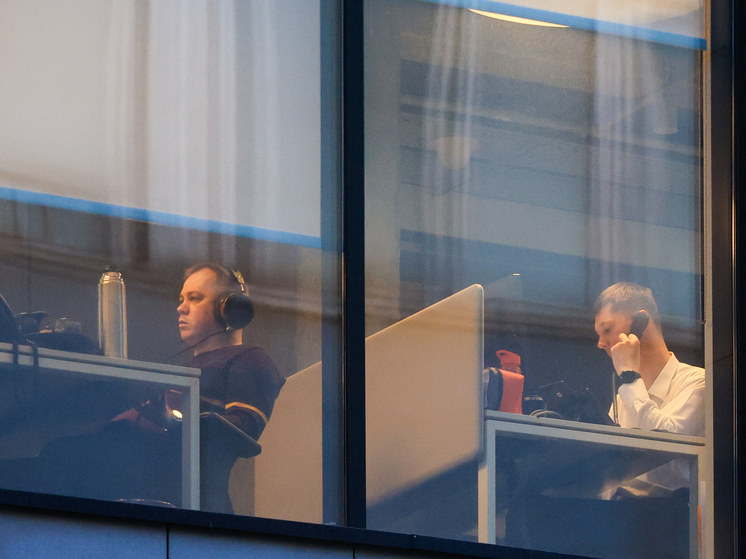

Amidst declining business activity and increasing economic caution, employers in Russia are increasingly reporting a severe shortage of personnel. Yet, they are simultaneously reducing the number of open positions. This creates a paradox: a lack of people but fewer new jobs available. The situation is particularly strained for manual trades in regions with mono-economies and among young professionals whose career trajectories are becoming increasingly uncertain. Employers demand mandatory experience, while employees seek higher salaries and development, but the market is contracting like a spring before a shot. What is this: a crisis, hiring shifting into the shadows, or a change in the employment model?
The Russian labor market has entered a phase of paradoxical equilibrium: while the number of vacancies is decreasing, the staff shortage is growing. According to recruitment platforms and Rosstat, in the first half of 2025, the number of open positions nationwide decreased by almost 15%, particularly in the service and industrial sectors.
Meanwhile, more and more companies complain about the inability to find employees even for basic positions. At first glance, the situation resembles a slowed-down version of an economic shock, but in reality, it is a more complex transformation involving elements of both stagnation and hidden labor relations reorganization.
According to Raisa Donskaya, Head of the Department of Ownership Management at MNUIM, the imbalance between business expectations and employee demands is no longer a temporary phenomenon but an established trend. «An employer wants to hire an experienced specialist for reasonable money, while an employee views each new job change as a mandatory salary increase. A bottleneck starts somewhere on this narrow bridge of interests,» she says. In Soviet times, frequent job changes were considered a career disadvantage; today, it`s almost a condition for success. At the same time, employers have learned to read between the lines of a resume where jumps every six months indicate not flexibility, but rather contractual thinking, which is not always beneficial to the business.
The emerging market model is not a market of vacancies, but a market of expectations. Companies are «optimizing» by reducing public hiring, increasingly switching to outsourcing, project-based work, or poaching from neighboring firms. Mass advertisements are becoming rare, especially if they are not for sales or call center positions. This means that statistics only capture the tip of the iceberg: the actual demand for specialists moves into the shadows—either into grey schemes or into the closed HR pipelines of large corporations.
In essence, the market has «imbalanced» itself: there are fewer public vacancies because more hiring occurs not through the «resume — response» format, but via internal connections, recommendations, and headhunting.
Donskaya emphasizes that the shortage is particularly acute in manual trades, where the technological leap of recent years has exposed a personnel gap. Alongside the rise of AI and robotics, the demand is growing for those who service technology: welders, adjusters, equipment specialists – those who haven`t been trained en masse over the past two decades.
Simultaneously, interest has grown in managerial competencies, especially in conjunction with applied analytics, soft skills, and organizational transformation. It is here, as Donskaya notes, that figures with DBA doctorates are emerging – new-format managers who have taken a path not from theory to practice, but vice versa: from business experience to advanced training.
Regarding salaries, growth is selective. In areas related to IT, project management, logistics, and infrastructure, salary offers increased by 8–12% over the year. However, a widespread increase is not expected: saving on the payroll is one of the few tools available to businesses facing limited demand and high inflationary inertia. Wage freezes are a reality for many sectors, especially in regions with low investment attractiveness.
Regions, by the way, are also diverging: megacities face competition for personnel, while the provinces face competition for vacancies. In mono-industry towns, the situation is increasingly resembling the 1990s – one dominant company, limited supply, growing youth outflow. However, in, say, Tatarstan or Tyumen Oblast, where technology parks and local industrial centers are actively developing, the demand for specialists is higher than the national average. The geography of employment is becoming increasingly fragmented: the industry profile of a region is starting to determine not only income but also the very possibility of finding employment.
Young specialists are particularly vulnerable. «Today, a university degree is not a guarantee of employment, but merely an entry point into a never-ending cycle of learning,» Donskaya emphasizes. The model of sponsored education is returning, where large companies take students «under their wing,» training them for their specific needs. This is a necessary measure: companies are not willing to wait for the market to «grow» the people they need.
Increasingly in demand are not just diplomas, but confirmed skills (abilities) – communication, technological, managerial. Young people are increasingly offered a path: from internship – to project inclusion – to internal promotion. But without flexibility, without readiness for retraining and relocation – the chances are dwindling.
The Russian labor market is entering a phase where the usual laws of supply and demand no longer work linearly. There are fewer vacancies, but the requirements for them are higher.











